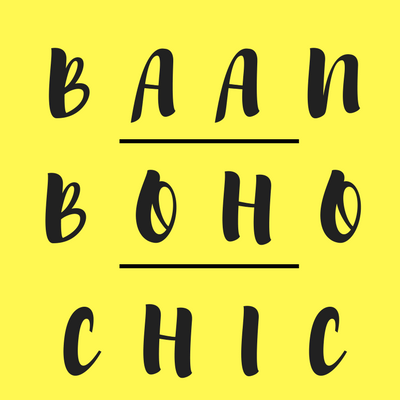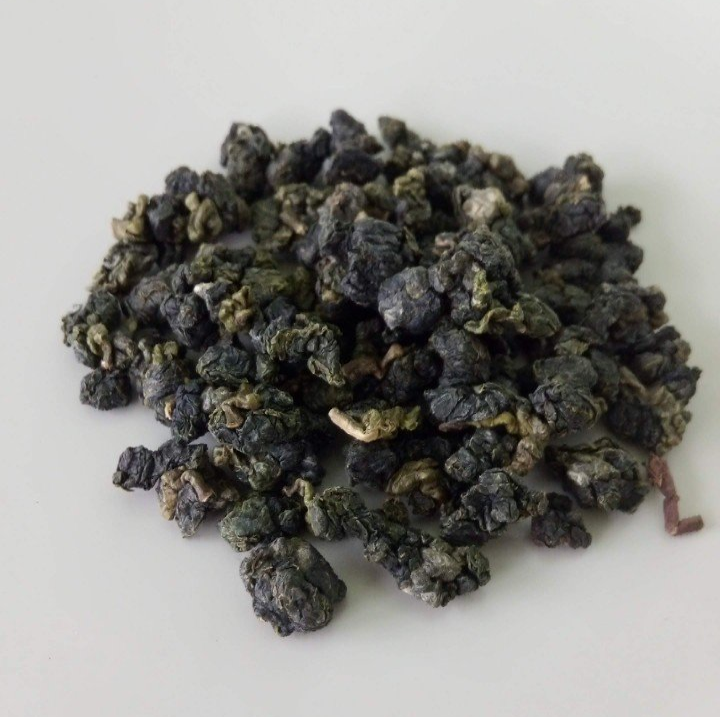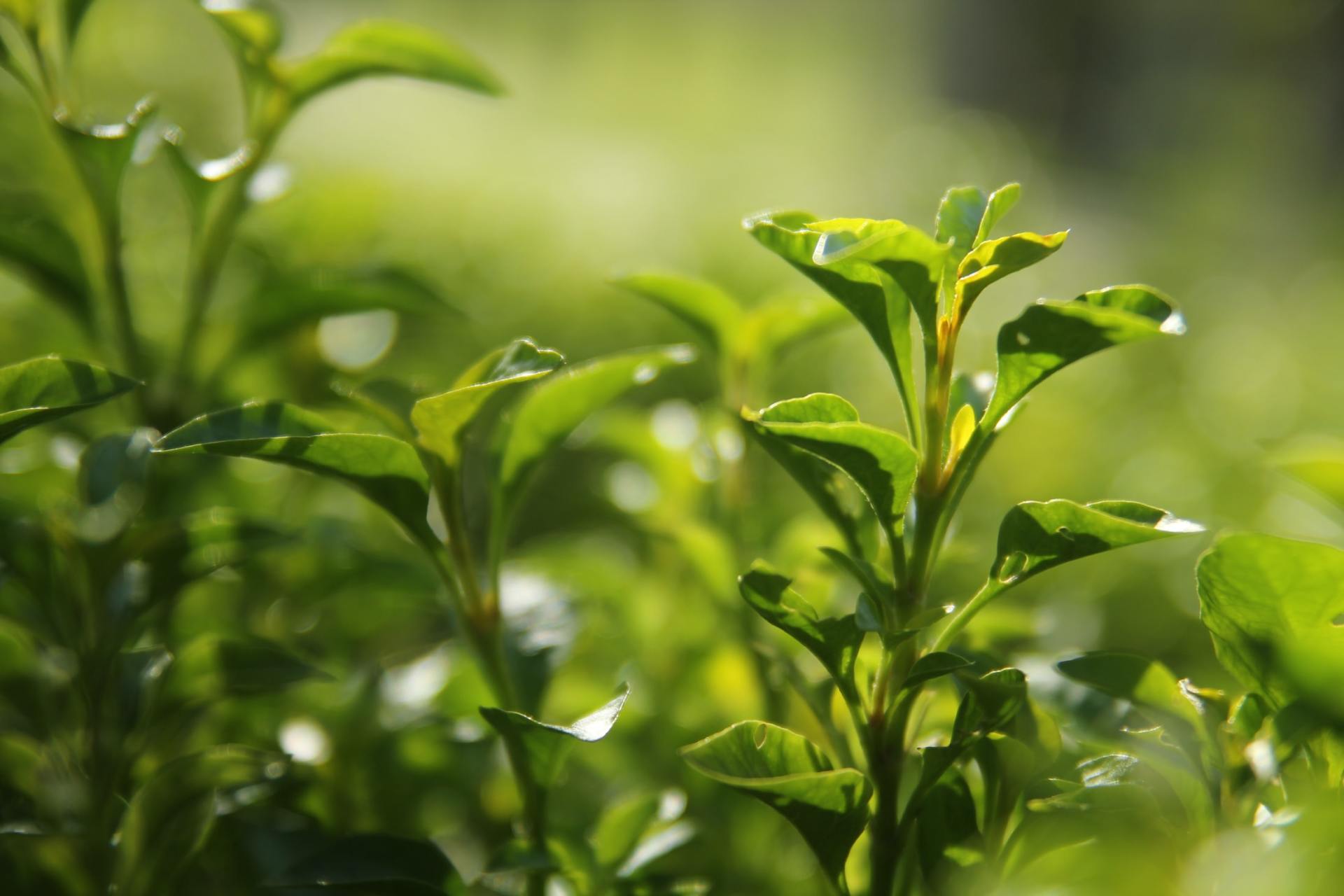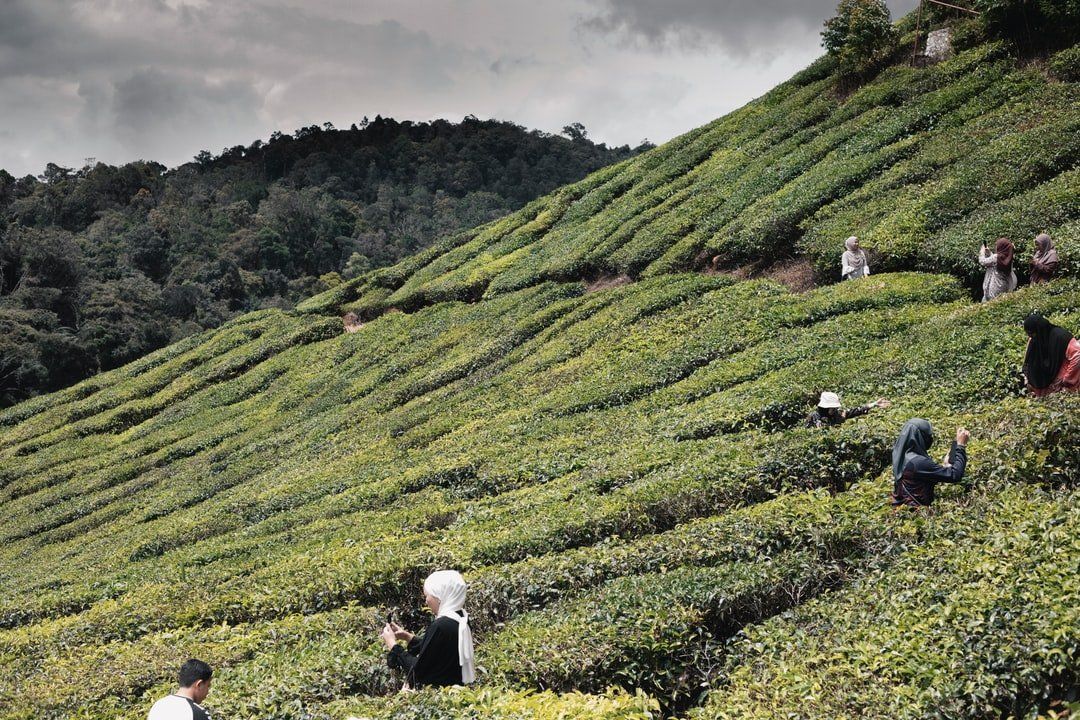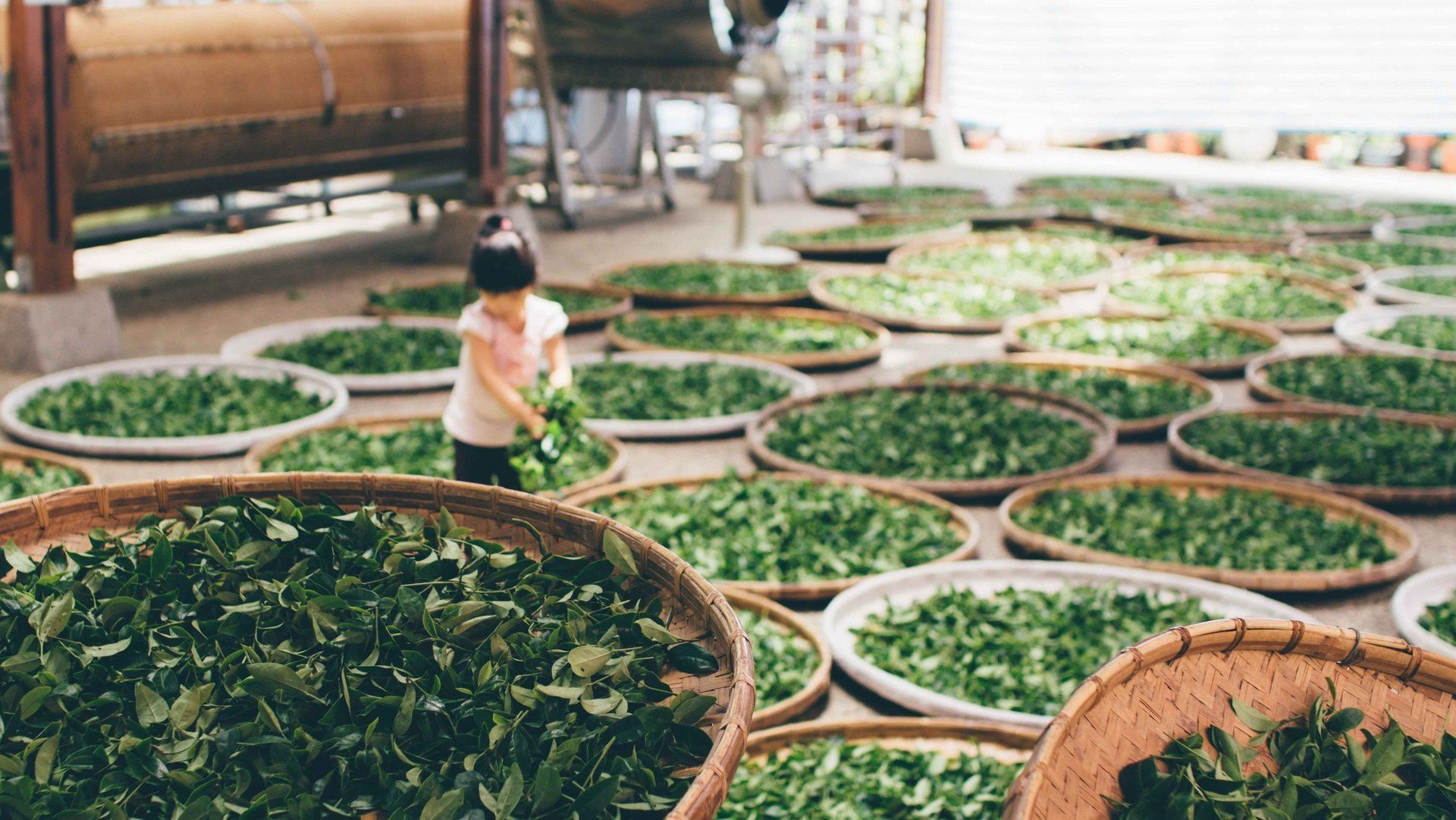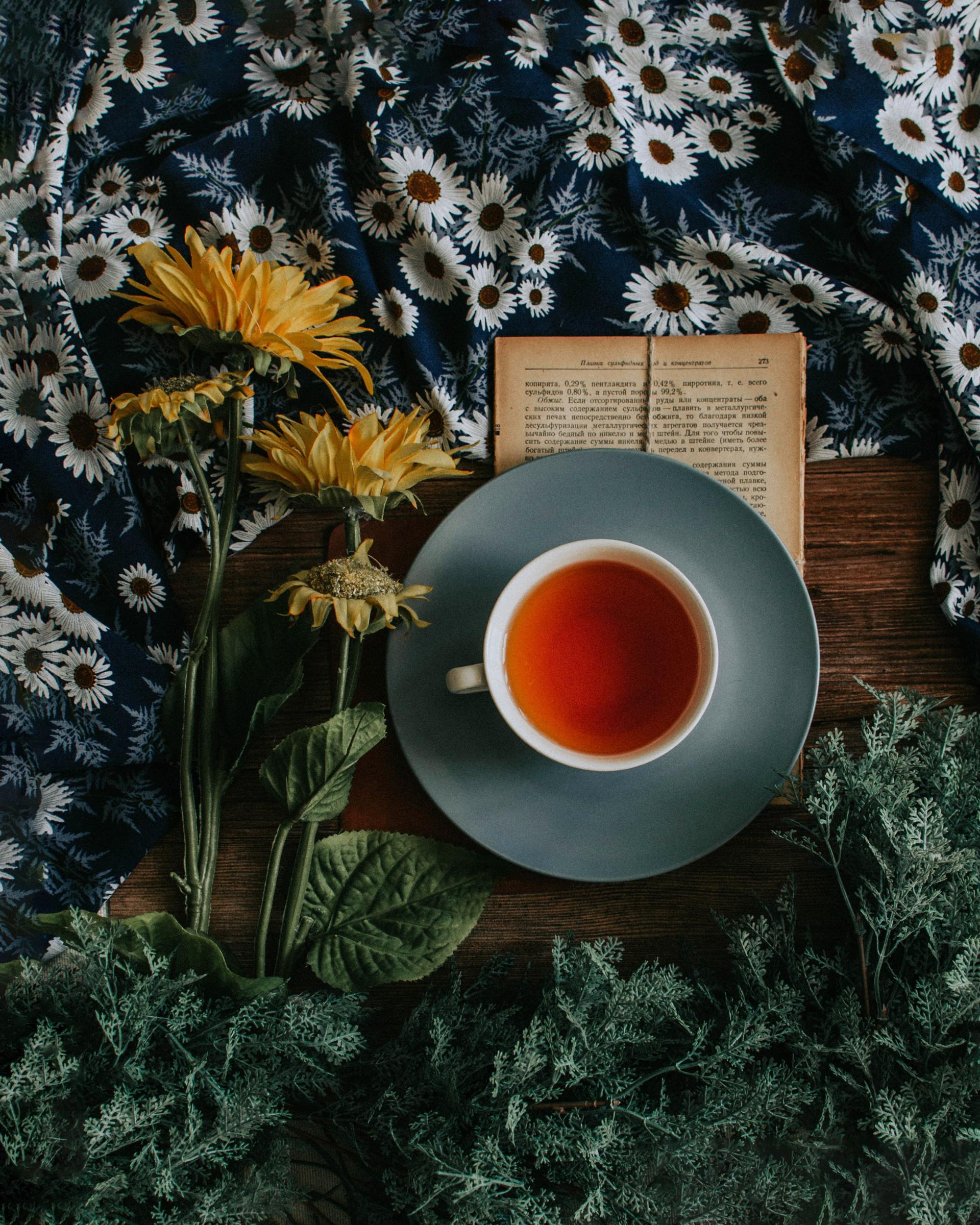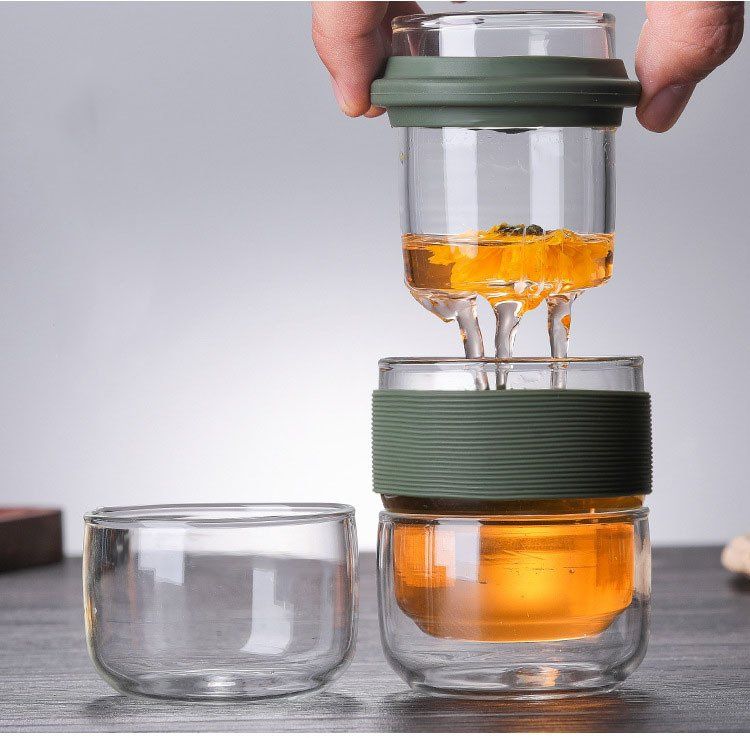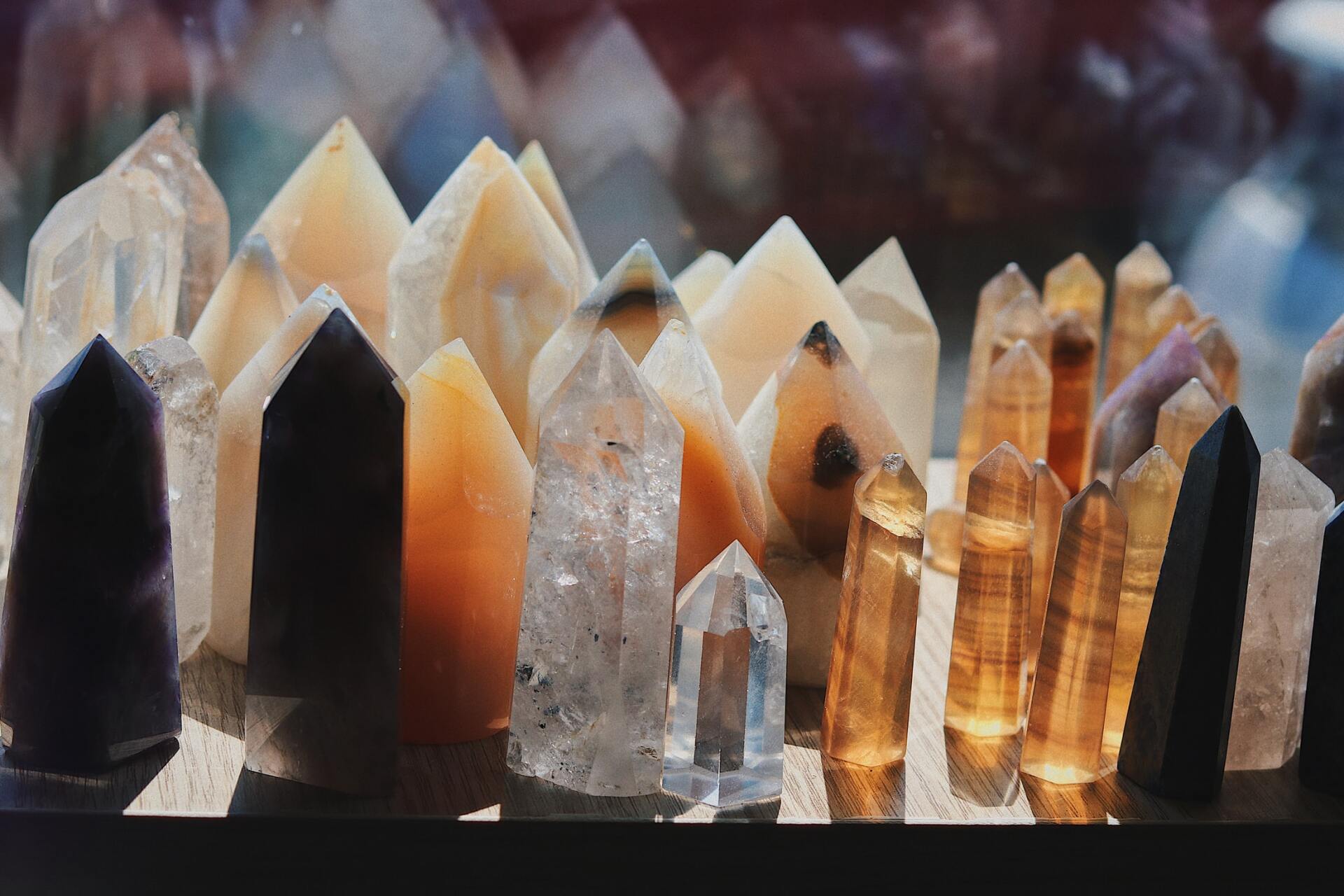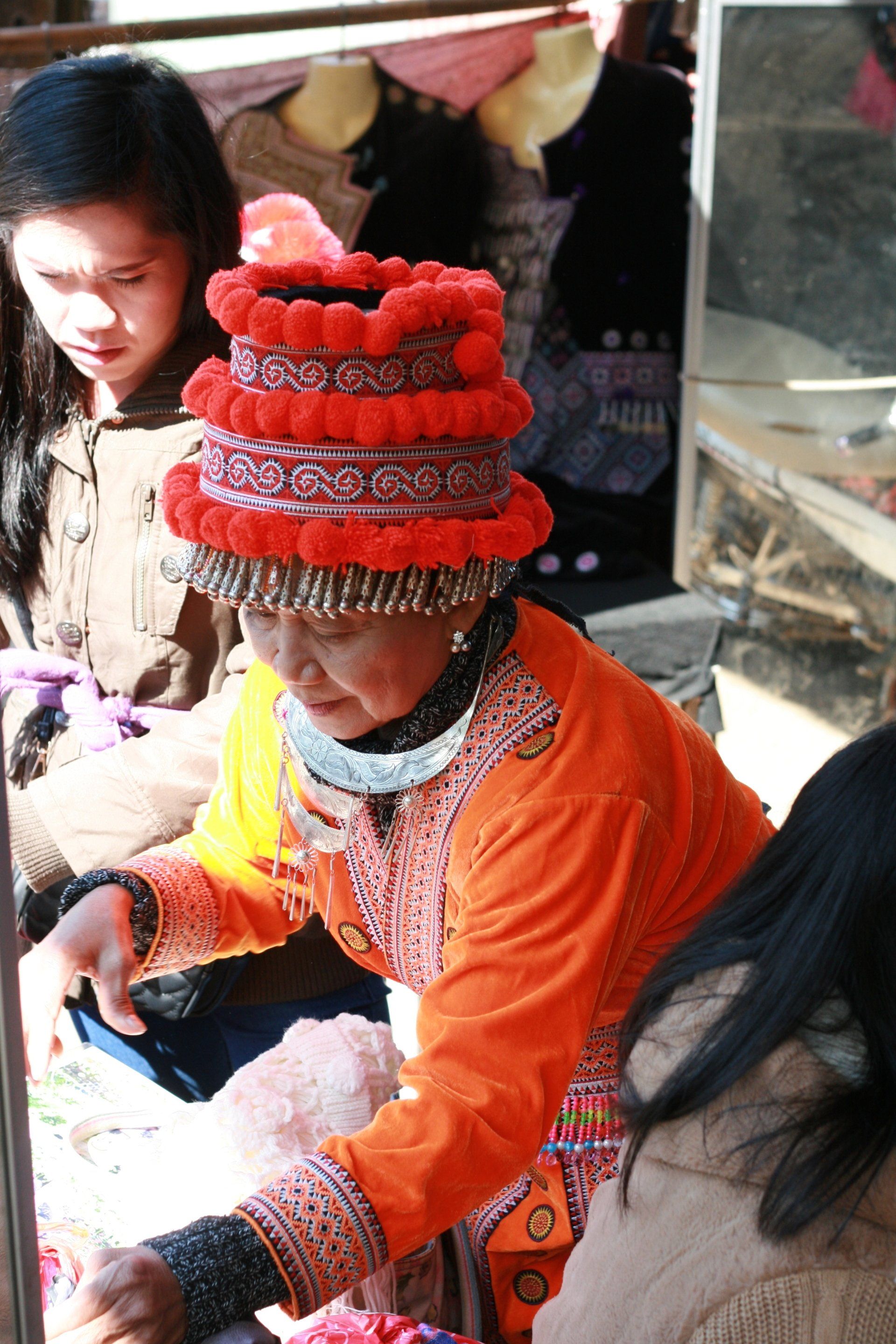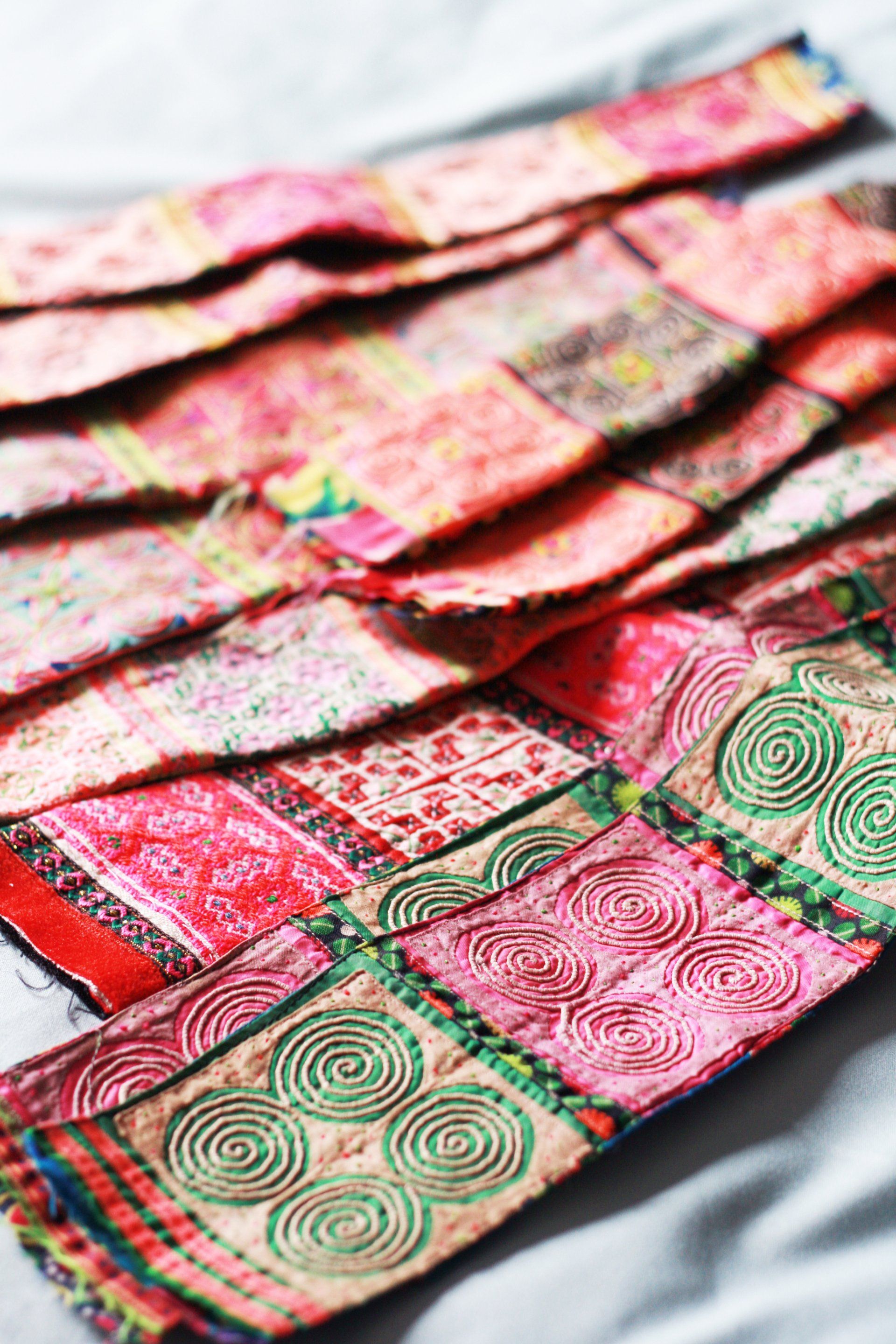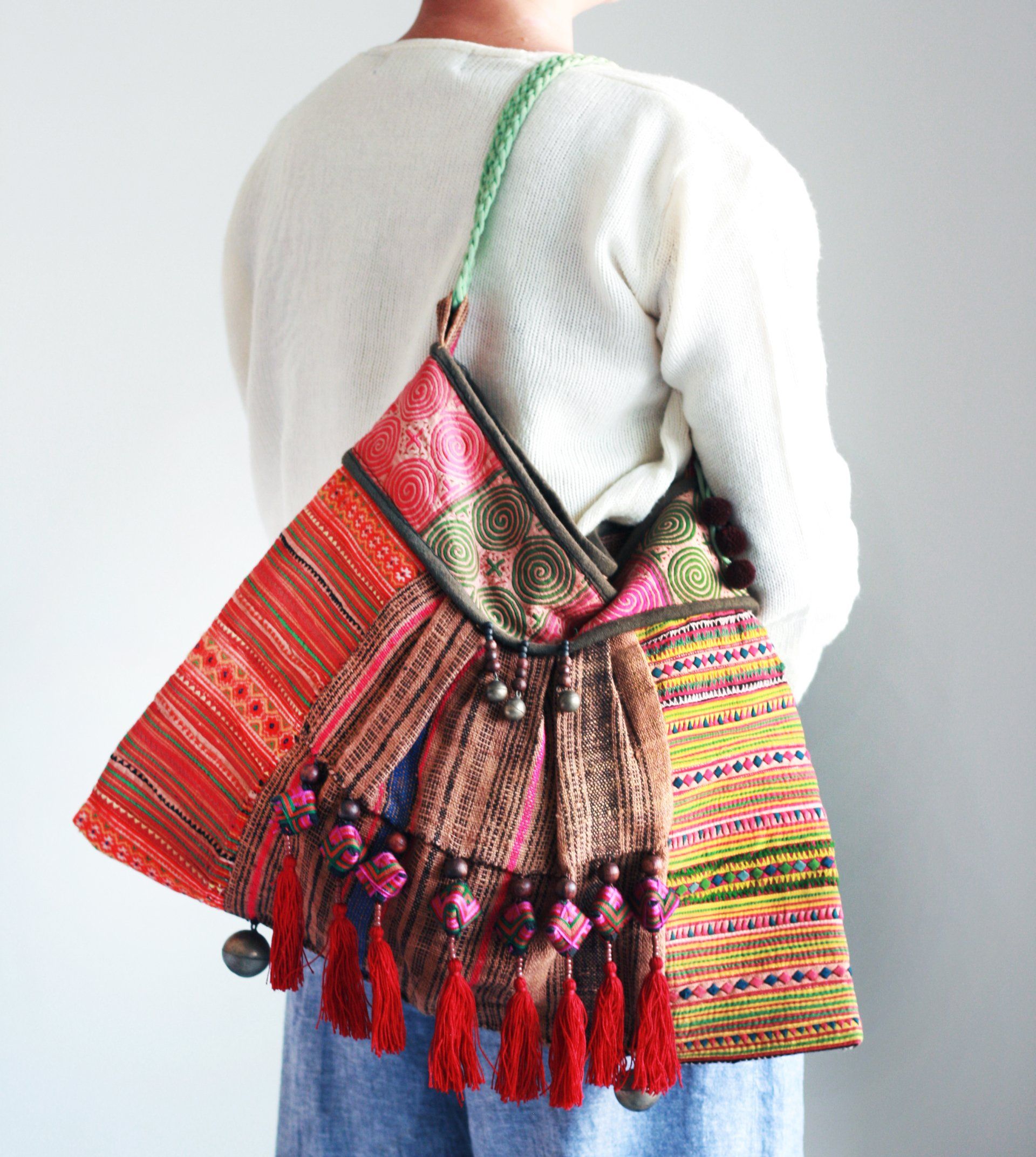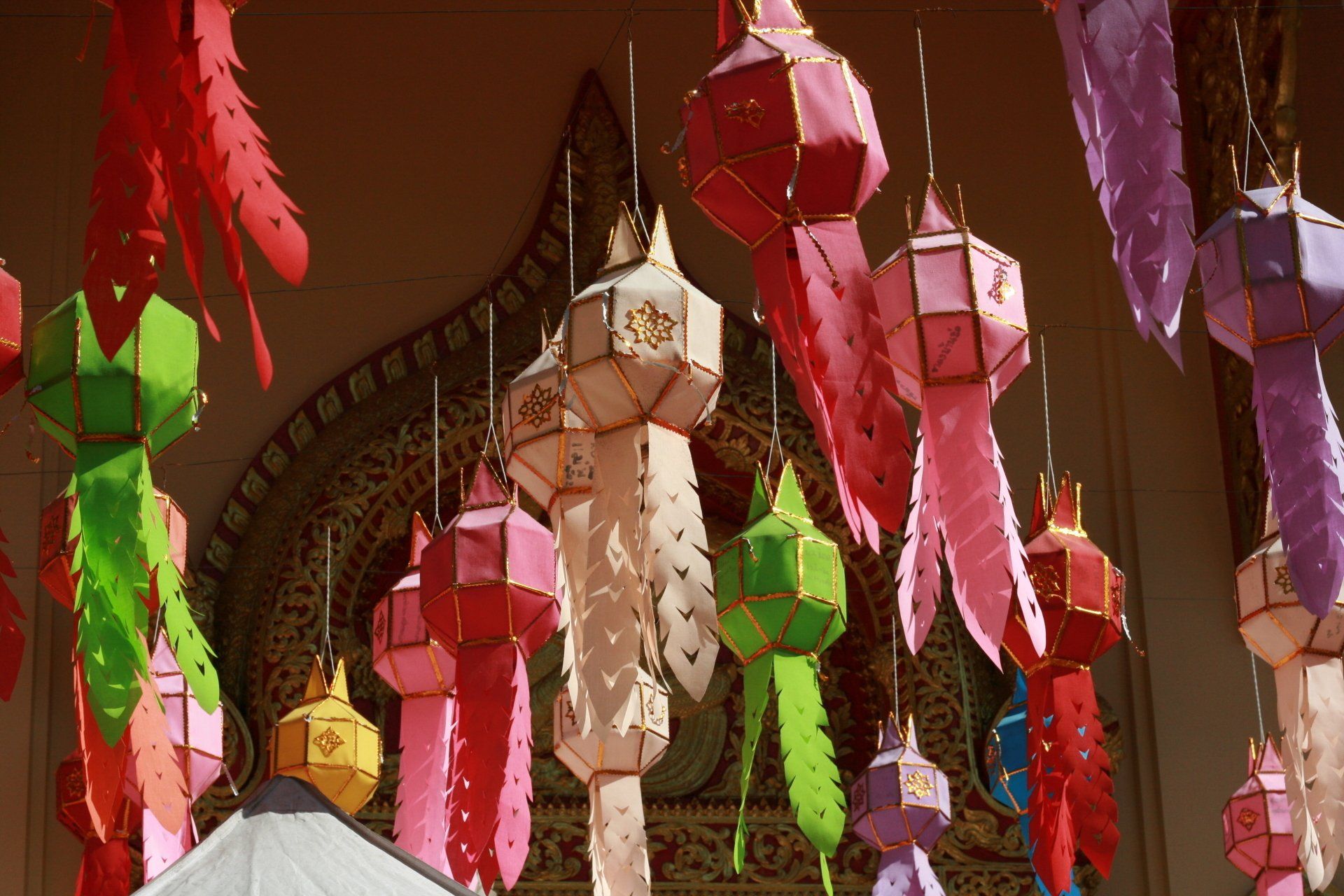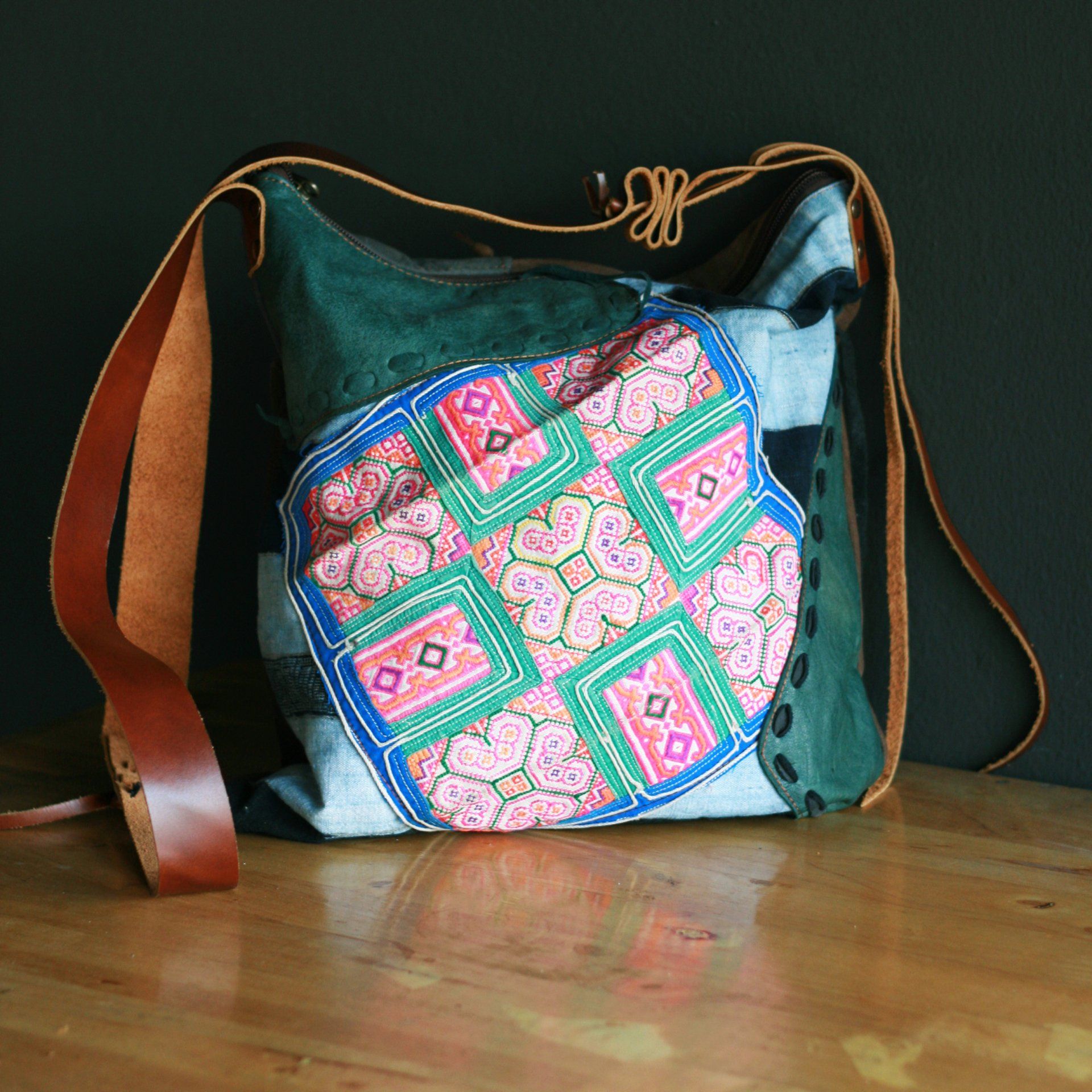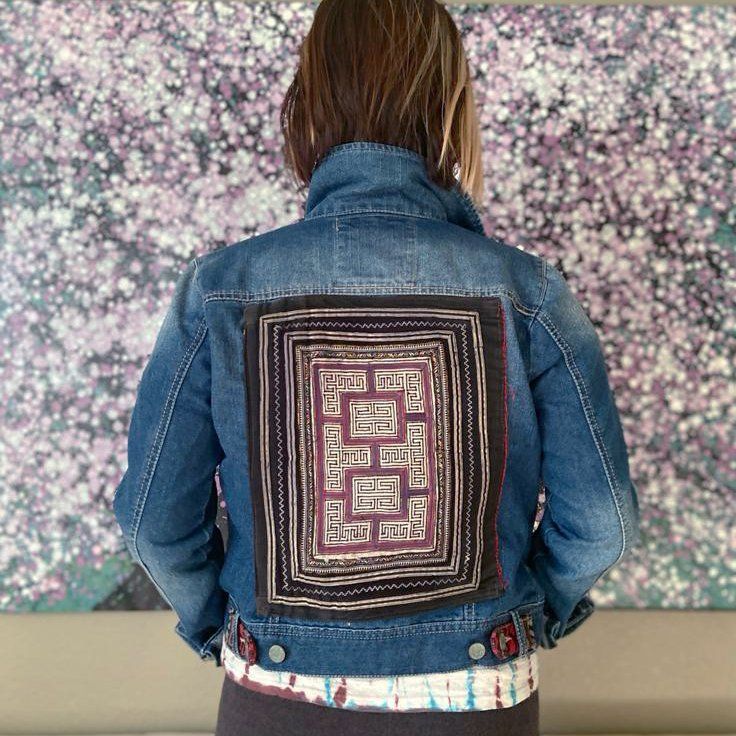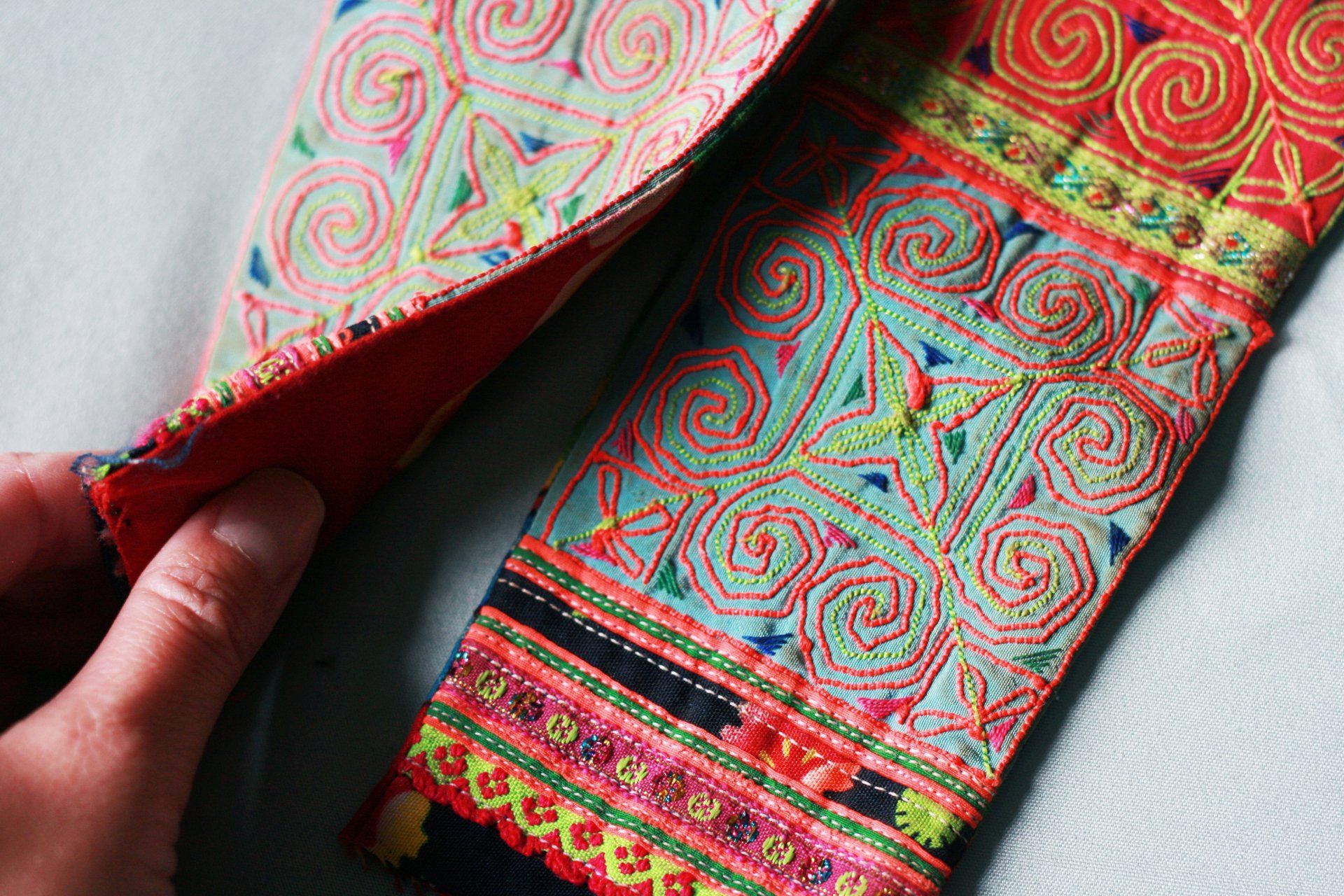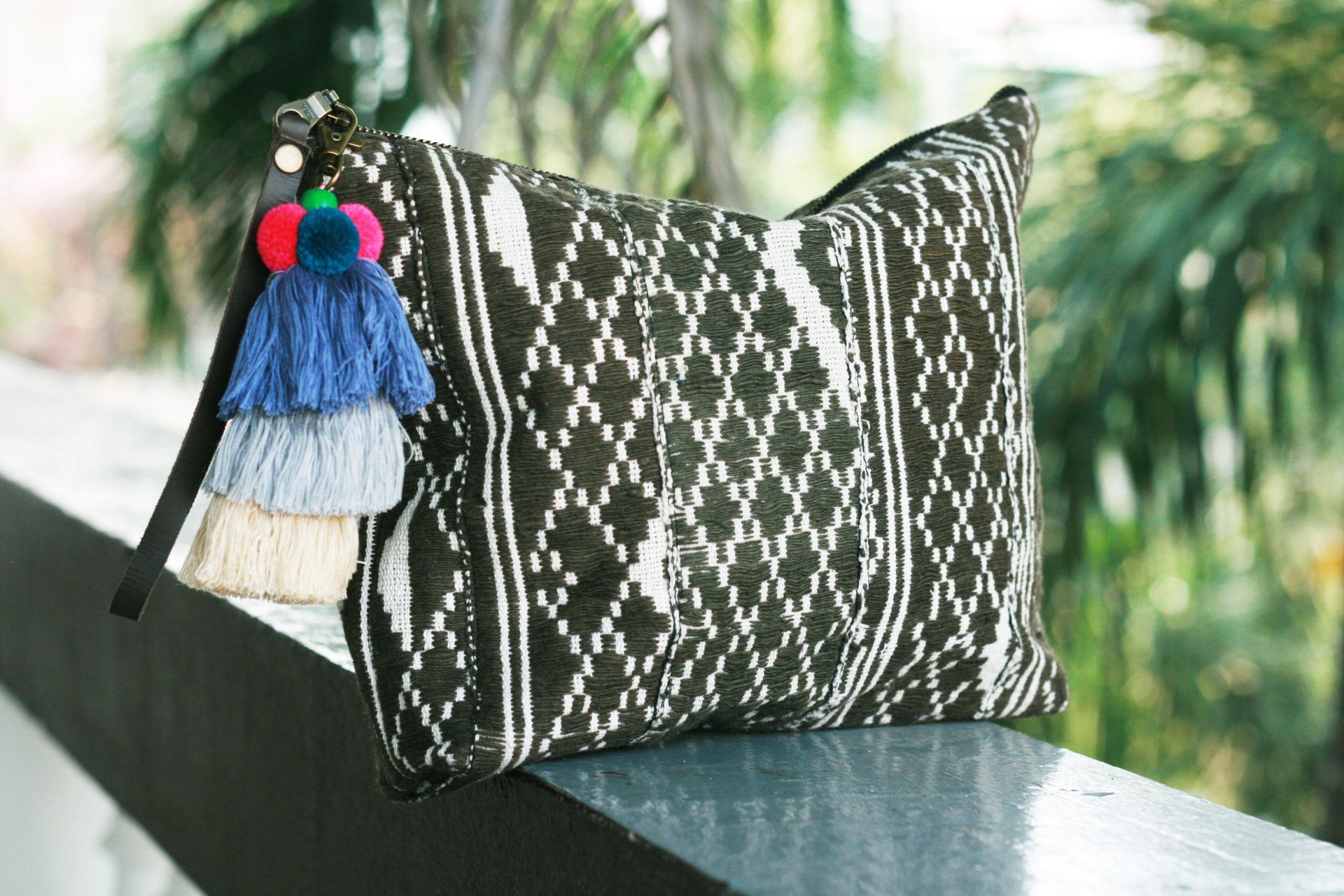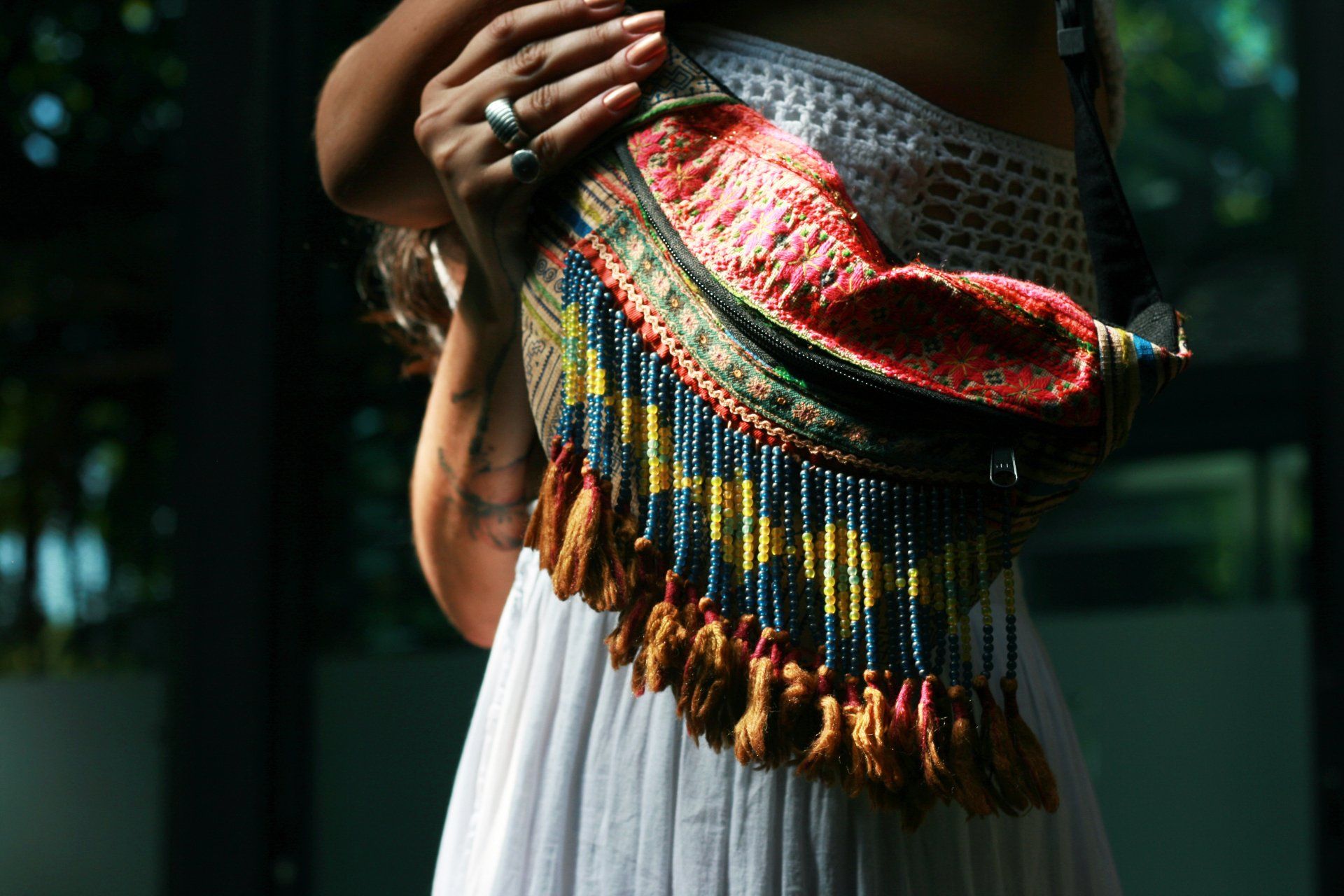What makes a cup of Taiwanese Best Oolong Tea
Tea connoisseurs will find Formosa Oolong a rather unique tea. The leaves are carefully selected from individual smaller Taiwanese tea farms in northern growing regions and hand-picked once a year when flavour is at its peak. Oolong tea is often likened to a “champagne” taste because it has complex and sophisticated flavors.
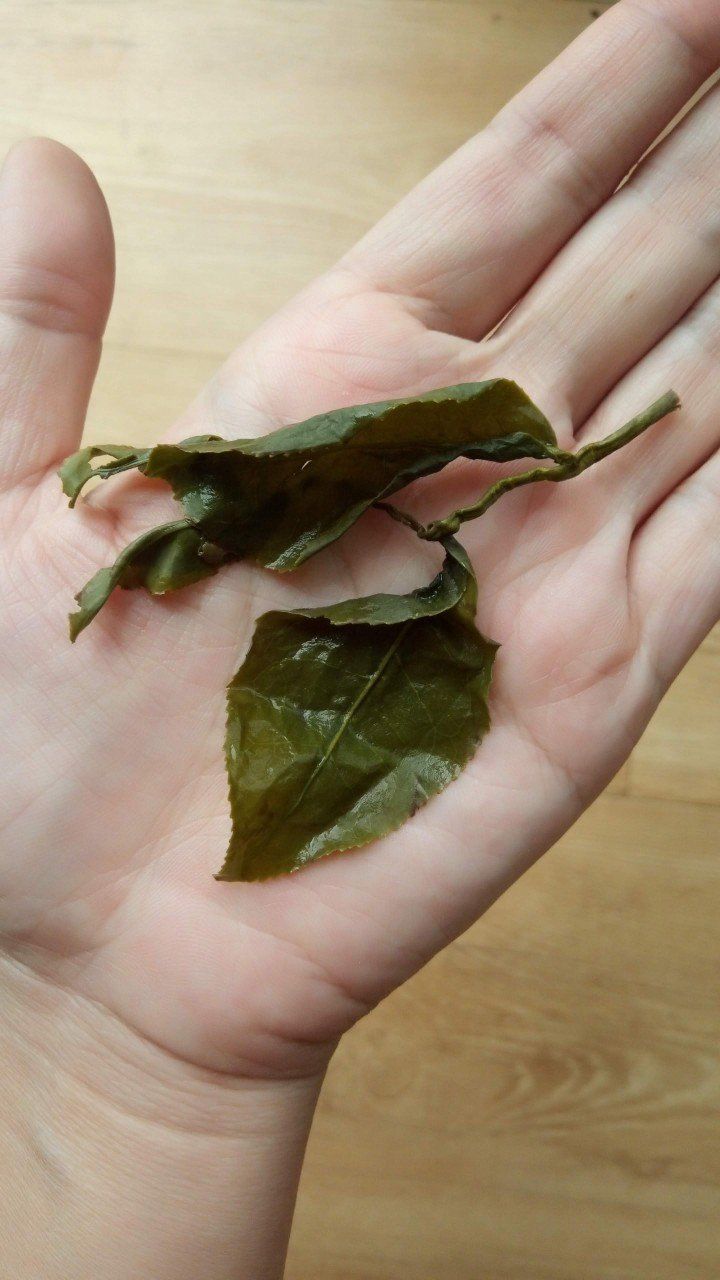
A tea you cannot miss in your life
Oolong tea is a type of tea that has been around for centuries. What makes it so special? What makes Taiwan oolong so special to tea lovers from the rest? There are many factors and reasons why this particular type of tea is different than others, but we will be discussing three in particular: farmers, processing techniques, and flavor. Farmers play an important role in what kind of taste their product will have. The way they grow their plants shapes the flavors that can end up in your cup! If you want to know more about how to get that perfect balance between fruitiness and roundness, then keep reading!
That Taiwan is home to tea yards that grow a type of formosa oolong tea with a deep flavor and character that fascinates many people, as well as all the fancy tea ware, have gone on to intrigue the youth. It should come as no surprise that Taiwan is the leading producer of oolong tea, with significance due to its history.
However, as the flavor profile for Taiwanese Oolong tea differ greatly from Fujian's taste (despite it still being a close cousin), this seems to be an indication that history has had significant effects on the production of each .
Fujian, the birthplace of oolong tea
The tieguanyin tea grown in Taiwan originated from Fujian, which boasts more than 1500 years of plantation history. Placed on the cliffs of Lotus Peak in the provincial capital Fuzhou, there are ancient texts inscribed in the Eastern Jin Dynasty (376AD) describing local tea culture. In the Tang dynasty, Lu Yu recognized Fuzhou and Jianzhou to be important tea production areas. The Fujian variety of tea became popular at this time; it took advantage of the rise in competition for trees from planting new plantations and developed techniques for making high quality teas.
Taiwan and Fujian have distinct variations in their oolong tea culture, since Taiwan was a Japanese colony from 1895-1945. This is due to the different cultures that developed during this time.
The Taiwanese Version of Oolong Tea
The Taiwanese oolong tea takes root from Fujian, China. Legend has it that it was students who introduced the sprouts and techniques of making this tea to Taiwan. During the Japanese occupation, the Japanese hired masters in tea making from Fujian to improve the flavor profiles. The cross-straits interaction ended at the end of the civil war. With a limited variety of tea plants available, Taiwanese tea took inspiration from other types from Northern and Southern Fujian provinces: Wuyi Tea in northern Fujian and Tieguanyin Tea in southern Fujian. The result, oolong tea is something that has a unique flavor and aroma.
In Taiwan, oolong tea is classified according to the length of withering and oxidation time: Anxi Tieguanyin Tea (light), Dong Ding Oolong Tea (medium) and Da Hong Pao Tea (heavy). The Taiwanese version has also been developed as a tea that is a mix of both the Chinese and Japanese cultures.
Fermentation of Oolong Tea
Taiwanese oolong can be light-fermented or medium-fermented. Typically, the tea’s fermentation level varies from 8% to 70%. It is precisely roasted for a brief moment after which the oolong tea leaves are rolled into a semi-spherical shape. The tea trees in Wuyi Mountains of Taiwan, comparatively more resembles the style of Northern Fujian’s Wuyi series. Oolong tea is usually brewed to a color somewhere between amber and caramel, bearing little resemblance to the lighter yellow-green or pastel yellow Fujian oolong.
A Graceful Blend of Experience and Technique
Fujian-style oolong goes through a long process of preparation. Taiwan-style changes the roasting and kneading procedures, and adds a re-fermenting stage to get a unique flavour.
As China and Taiwan have strengthened their connection as of late, tea lovers in the Greater China region enjoy access to teas produced from both nations and are able to develop a better understanding towards drinking habits of teas on either side.
Taiwanese oolong tea is quite complex and rich. With the producers naming their teas a bit differently, it’s difficult for beginners to know what they like. Below are some of the more popular varieties for you to try:
Oriental Beauty Oolong Tea
What makes Taiwan oriental beauty tea so special from the rest is that its production process includes a green insect similar to a cicada, biting the young leaves. The drink comes out with a sweet, honeyed taste and fragrance reminiscent of ripe fruit. Oriental Beauty is semi-fermented and exclusive to Taiwan.
High Mountain Oolong Tea
Tea grown in high altitude, at least 1,000 metres above sea level is commonly known as high mountain oolong tea. This type of tea is often cultivated in new tea-growing regions such as Chiayi and Nantou counties where plantations reach heights of 1,400 metres or more. Since the leaves grow slower due to elevation, they are less bitter and more rounded in taste. It has gradually become the dominant variety of Taiwanese oolong, and it is also important to note the subtle difference between high mountain oolong from various micro-regions. There is a huge difference in quality of oolong tea once their height above the sea level changes, sometimes the factor could bring a huge price difference too!
Tung-ting Oolong Tea
Tung Ting is a mountain in Lugu, Nantou County that also happens to be where tea is grown. Tea cultivators there use the soft-stemmed (or "green-hearted") oolong species of tea plant to create an semi-fermented beverage with strong aftertaste.
Red Oolong Tea
Luye, Taitung County was the first place to produce red oolong tea in 2008. It borrows fermentation methods from red tea and frying techniques of traditional oolong. The brewed liquid is coffee-colored, smooth with a sugary sweetness and fruity fragrance.
If you would like to get into the world of Oolong tea...
Taiwanese oolong tea is very different from other types of black or green teas. Our goal in this blog post was to give you a brief introduction into the variety of Taiwanese oolong teas, their origins and how they are made. We hope that if you’ve never tried these flavors before –or even if you have– we can help introduce some new favorites for your palate! If there's any way we can be helpful with finding the tea for your needs to start your journey to Formosa Oolong! ( Click Here to visit our store to get some tea now! )
Recent Blog Posts...

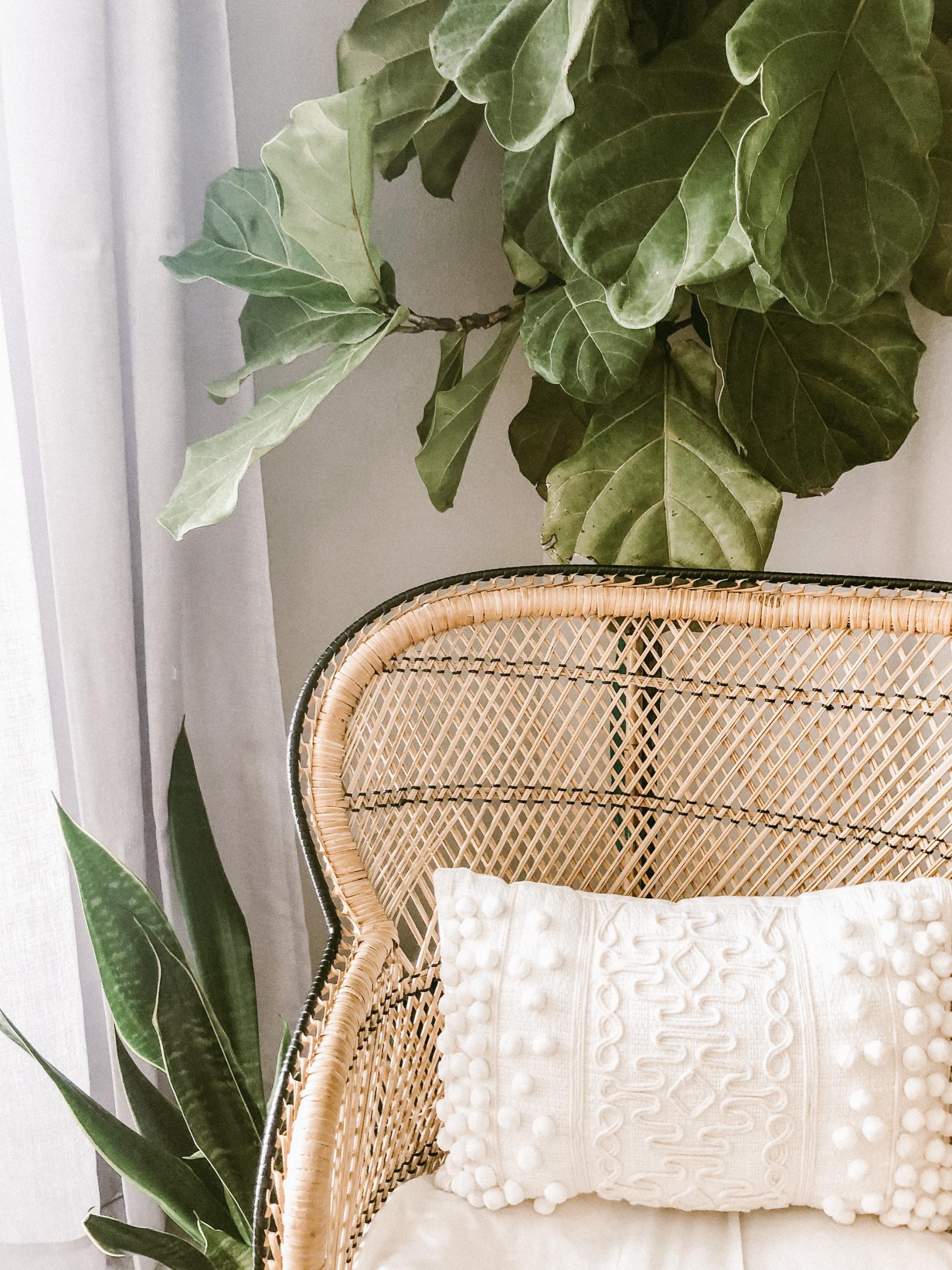

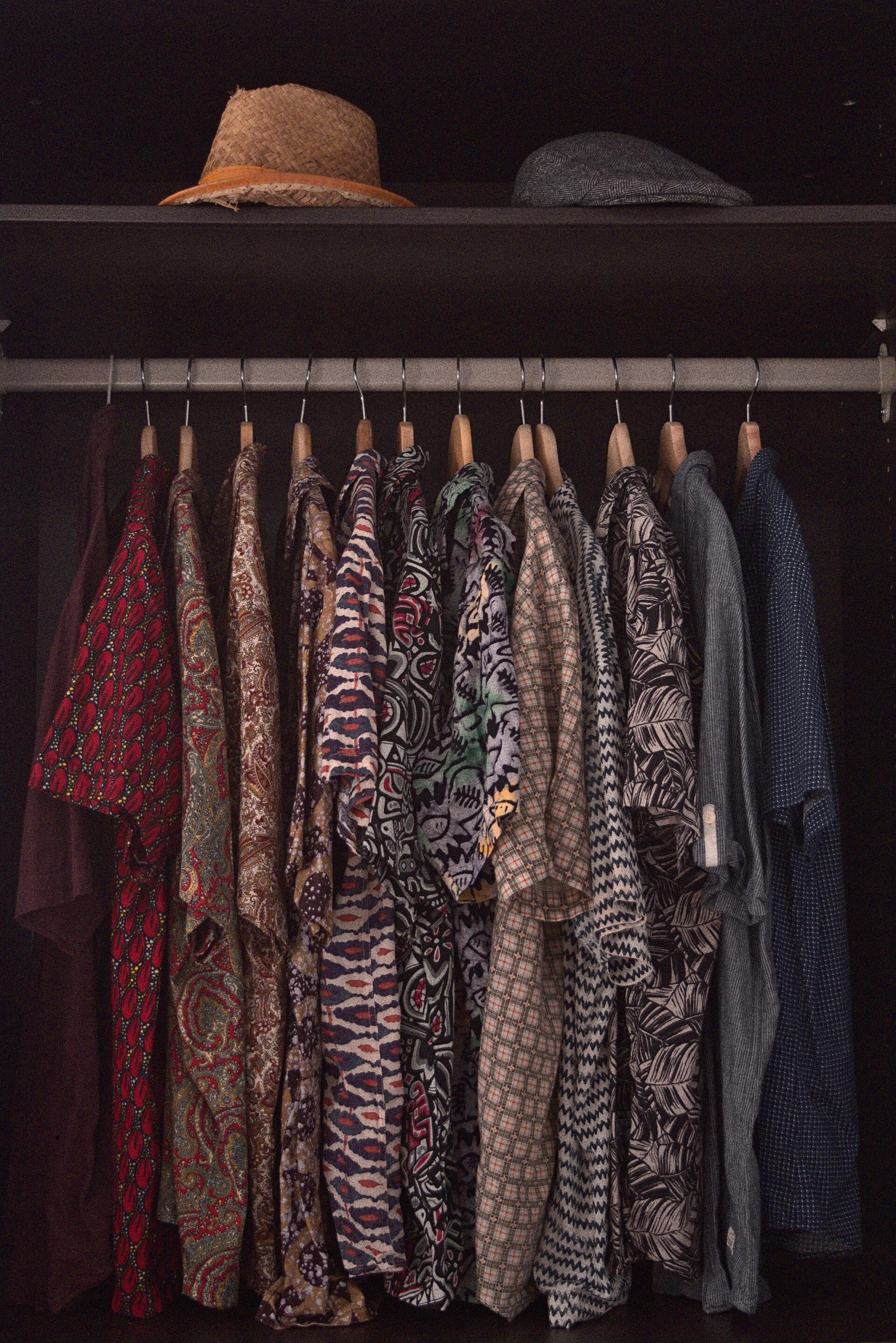
You'll love to read also...




Why People Buy From Us

"Perfect clutch, just as described. I look forward to using it when the world opens again."
Lauren, Las Vegas
"I have looked and looked and perused some more at this bag. It is, as you note, utterly unique. Over the past several days I have examined truly thousands of bags here, eBay, Amazon, and what not in order to find a bag that is me. And only me. I found it! It is yours. This one."
Sheridan, New Hampshire
"I absolutely LOVE this Hmong Jean jacket! I was hesitant if I would fit it even though I measured myself, but this fit me perfectly!! I love the touch of the Hmong Paj ntaub cloth on the back ❤️"
Christine, Miami
"...it is a great buy for me; became my favourite book bag immediately!"
Hoa, Australia
Hoa, Australia
its beautiful and the crystal stays in there snug, i really like the beauty of it and its defiantly worth $50 dollars as this shop did amazing work with it
Write your caption hereKylee, North Carolina
"This beautiful bag came just on time for my trip. I love the piece of Hmong textile, and the craftsmanship is beautiful. The seller was amazing shipping my bag as fast as he/she could making sure I would get it on time. They even kept me update on the shipping progress. Excellent customer service!! A++++++!"
Write your caption hereSongbird, Idaho
"It’s lovely. Just like pic. My first one ☝️ and I’m so excited 😆 seller is awesome 😎 too. If you have any issues just reach out and all will be well. Hope this helps. Om shanti 🙏🏾"
Write your caption hereErica, Florida
FOR SHOPPERS
Shipping Policy
All items are shipped with tracking number and shipping will take 7 to 14 business days. Due to the COVID-19 situation, postal service might delay.
Return and Exchange
With all products being handmade and customised, we cannot accept return or refund. However to ensure that our customers are happy with their experience, please contact us if you have any questions about your purchase!
Customer Service
Got questions on your order? Contact us and we are here for you!
FOR WHOLESALERS
Join us as a Partner
Wanna get your hands on these hot items? Become an ambassador and sell our products in your country!
Categories
Get Free Sample
From Local Tea Farm!
Contact Us
We will get back to you as soon as possible.
Please try again later.
All Rights Reserved | Baan Boho Chic
